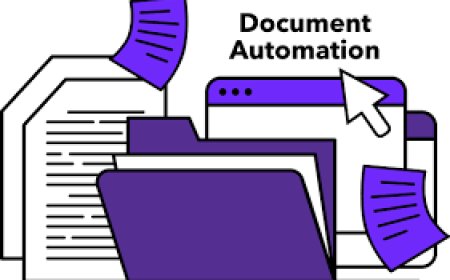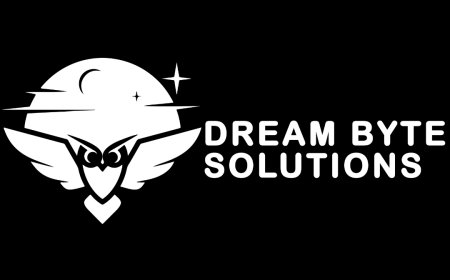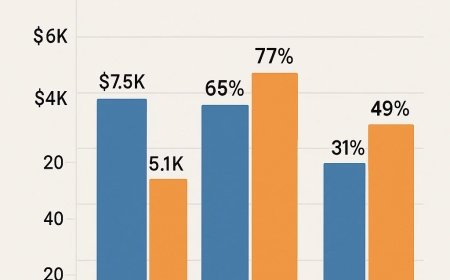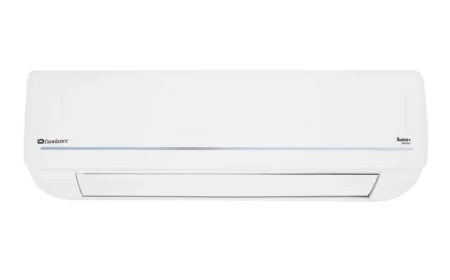What factors should homeowners consider when comparing the upfront and ongoing costs of the nine common heating methods?
Compare installation, running, and maintenance costs of common home heating systems. Discover which option fits your budget and delivers long-term efficiency.
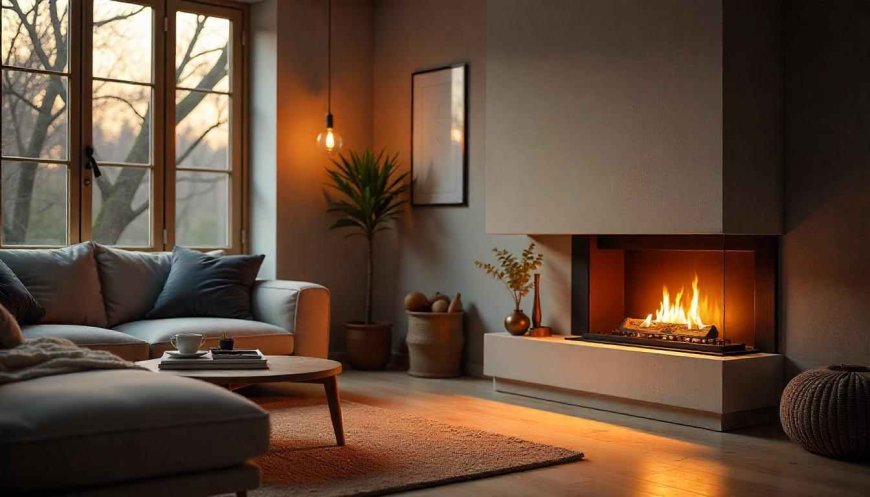
Choosing the right heating system is a significant decision for any homeowner. While the upfront cost of installing a heating system often dominates the initial decision-making, its the ongoing operational and maintenance expenses that truly impact your budget over time. When comparing the nine common heating methodsfrom gas furnaces and electric boilers to heat pumps and wood heatersits crucial to understand both the installation price and the long-term costs of running each system efficiently.
Installation Costs: More Than Just a Price Tag
Installation expenses can vary widely depending on the type of system and your homes existing infrastructure. Gas furnaces, for example, typically cost between $2,000 and $6,900 to install. This range accounts for factors such as the models efficiency, the complexity of ductwork, and labor charges. Electric furnaces, on the other hand, come with a lower upfront costusually between $1,100 and $2,825making them an attractive option for homeowners on a tighter budget or those without access to natural gas.
However, systems like geothermal heat pumps come with a much heftier installation price, often between $15,000 and $35,000. This is due to the specialized underground loop installation required to harness the earths constant temperatures. Though pricey upfront, geothermal systems boast impressive efficiency that can dramatically lower running costs. For a comprehensive view on installation prices and how they compare, you should definitely check it out.
Energy Efficiency and Running Costs: The Bigger Picture
While installation costs are important, the day-to-day expenses of running your heating system add up and often define its true affordability. Electric furnaces, despite their low installation fees, tend to have the highest running costs. Electricity prices are typically two to three times more expensive per unit than natural gas, which means electric furnace owners can expect monthly heating bills between $480 and $900 for an average 2,000 square foot home during winter.
Gas furnaces, with their fuel prices being generally cheaper, have running costs averaging $30 to $60 per month. Their efficiency ratings, typically between 90% and 96% AFUE, mean you get reliable warmth without wasting fuel. Similarly, air-source heat pumps are popular for their ability to reduce energy use by transferring heat rather than generating it. Running costs for these pumps generally range from $40 to $160 monthly, a significant saving over electric resistance heating. Theyre especially efficient in moderate climates.
For those considering high-efficiency options, geothermal heat pumps offer the best running cost savings, with monthly expenses around $100 to $200. These systems can cut energy use by 30 to 60%, making them an excellent investment despite their high installation costs. If youre interested in a detailed comparison of these factors, you can read this article for a thorough breakdown.
Maintenance and Longevity: Hidden Costs to Remember
Another often-overlooked factor in cost comparisons is maintenance. Regular upkeep not only prolongs the life of your heating system but also keeps it running efficiently, saving you money in the long run. Gas furnaces require annual filter changes and tune-ups, which are relatively low-cost but essential. Wood heaters, though cheap to operate, need yearly flue cleaning to prevent dangerous creosote buildup and maintain efficiency.
Geothermal and air-source heat pumps benefit from less frequent, but still necessary, professional servicing to keep underground loops or compressors in top condition. Electric boilers and furnaces generally require minimal maintenance but can have higher repair costs due to electrical components.
Considering all these factorsinstallation, running costs, and maintenancewill help you make a well-rounded decision that suits your home and budget.








&srotate=0)









